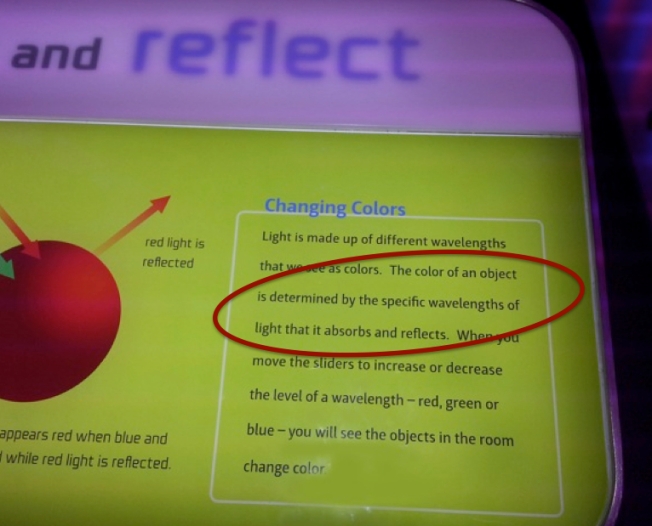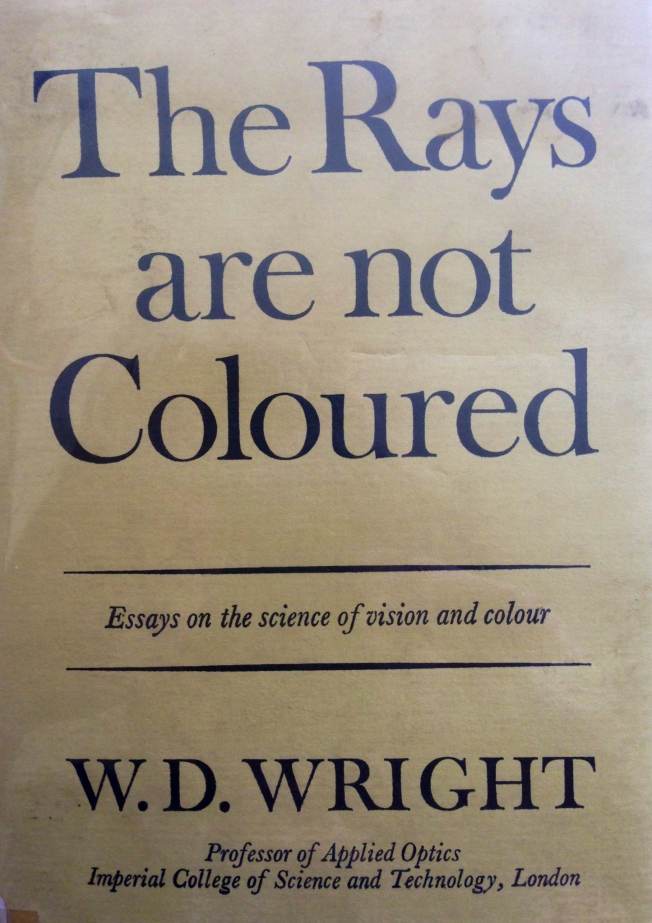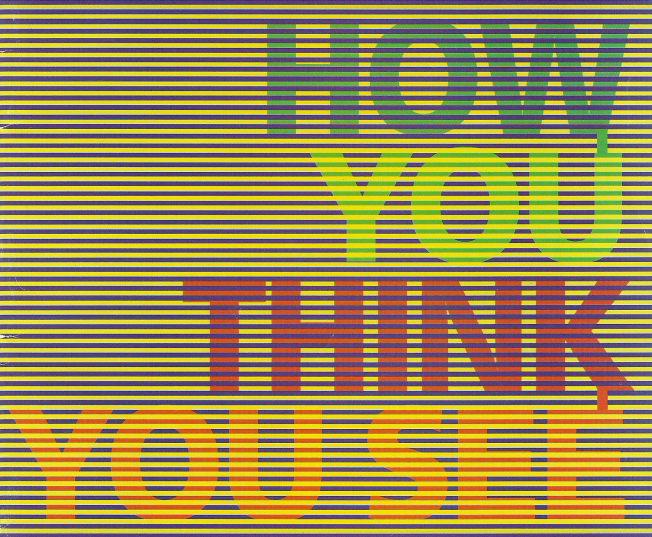
Netflix e Espionagem – O Admirável Mundo Novo do Banco de Dados Por Kate Epstein, no Counterpunch
“Os vazamentos de [Richard] Snowden e o debate que se seguiu sobre nosso governo [dos Estados Unidos], banco de dados e privacidade levou a mais alusões a [George] Orwell do que eu já havia escutado em minha (admitidamente pós-1984) vida. É difícil não comparar a vigilância constante do século XXI nos Estados Unidos à onipresença do Grande Irmão na visionária novela de 1949. Isso para não mencionar o pensamento duplo que envolve a nossa guerra sem fim, com um inimigo que vive mudando de lugar, para manter a pátria segura (guerra é paz), nossa população carcerária que está explodindo, um aumento de 790% desde 1908 (liberdade é escravidão), e a brutal repressão atual, por parte do governo, a quem fala a verdade e à educação pública (ignorância é força).
Mas o grande Banco de Dados tem um outro lado, que Aldous Huxley previu muito bem em sua distopia de 1932, “Admirável Mundo Novo”. Nessa versão do futuro, o desejo do consumidor, e não o policiamento das ideias, mantém os cidadãos do Estado Mundial na linha, no ano definido não por D.C. mas por A.F., ou “After Ford”(depois de Henry Ford). Chicletes de hormônio sexual, a droga soma para induzir o êxtase (“um centímetro cúbico cura dez sentimentos melancólicos”) e sexo recreativo são incentivados, como também participar das populares “feelies”, que combinam visão, cheiro e tato para criar a última experiência de entretenimento.
De diversas maneiras nós estamos vivendo uma combinação bizarra do monitoramento total de “1984” com a administração das sensações de “Admirável Mundo Novo” na corporatocracia pós-Fordista na qual nossas ações são monitoradas e nossas percepções são administradas o suficiente para determinar nossos desejos e então satisfazê-los como forma de eliminar os dissidentes e esmagá-los.
São corporações como a Booz Allen, afinal de contas, que conduzem o trabalho de vigilância do governo em nosso fantástico, e desregulado, mundo novo.
Apesar de uma das funções de todo esse banco de dados ser a “segurança”, que é uma indústria lucrativa o suficiente por si só, uma função ainda mais lucrativa é entender melhor a tomada de decisão dos consumidores, o que pode ser construído a partir dos mais de 2.8 zettabytes de dados que existem no mundo.
Como os personagens da distopia de Huxley (a grande maioria achava que estava vivendo em uma utopia), nós existimos em uma sociedade saturada de entretenimento. Boa parte desse entretenimento nos é entregue por uma empresa: Netflix, que atende aproximadamente 30 milhões de telespectadores e tem mais audiência do que as tevês a cabo.
Eu pensei em “feelies” e na visão ampla de Huxley, quando ouvi falar da nova estratégia do Netflix para criar conteúdo original, usada pela primeira vez em fevereiro passado com o seriado “House of Cards” – uma estratégia que envolve o uso de bilhões de dados para entender melhor o que seus telespectadores querem ver.
O Netflix, assim como a NSA (Agência de Segurança Nacional), sabe muito sobre nós. Pense o quanto o seu padrão como telespectador revela a seu respeito (o que você assiste, quando assiste, com que frequência interrompe o programa, etc.).
Foi a preocupação com a privacidade na hora de alugar um vídeo que forçou a adoção do Ato de Proteção de Privacidade nos Vídeos, de 1988, depois que os dados sobre o aluguel de vídeos do juiz Robert Bork, indicado para a Suprema Corte, foram publicados em um jornal. O Congresso ficou ultrajado ao ver uma informação tão pessoal tornada pública (considere isso o “metadata” da época), mas a lei não foi atualizada desde então, apesar de certas novidades, incluindo a invenção da internet.
Considere o quanto o Netflix deve saber a seu respeito já que, segundo a GigaOm, ele também coleta dados de localização, informação de aparelhos, metadata de terceiros como o Nielsen e dados de mídias sociais do Facebook e Twitter, além dos mais óbvios data-eventos: mais de 30 milhões de plays por dia, 4 milhões de classificações, 3 milhões de pesquisas e todas as pausas, fast-forwards, rewinds e replays. (Nielsen é a empresa de pesquisa de mercado, criada em 1923 por Arthur Nielsen, que cunhou o termo market share. Ela recolhe informação global sobre o que os consumidores assistem e compram para os anunciantes e clientes corporativos como Coca-Cola, Nestle, Procter & Gamble, Unilever, Walmart, CBS, NBC, News Corp. e Disney).
Essa informação dita há muito tempo que conteúdo o Netflix decide licenciar e recomendar para diferentes espectadores, mas com o seriado “House of Cards” foi a primeira vez que uma empresa usou toda essa informação no processo criativo de produção de um programa de TV.
Tudo começou quando o Netflix percebeu que havia superposição significativa entre grupos de telespectadores que assistiam filmes com Kevin Space e filmes dirigidos for David Fincher do começo ao fim, e telespectadores que adoravam a minissérie ”House of Cards” original da BBC, de 1990. Assinantes assistiram um de dez trailers da série com base nos seus perfis de consumo.
Os produtores também sabiam, a partir do estudo do padrão de comportamento dos espectadores, que lançar os treze episódios de uma vez promoveria e satisfaria o comportamento viciado demonstrado pela audiência alvo. A nova estratégia funcionou: 10% dos assinantes do Netflix viram a série toda nas duas semanas após a estreia, e 80% dos telespectadores consideraram a série “boa” ou “excepcional”.
Na onda do sucesso de “House of Cards”, o Netflix estreou uma nova série, “Orange is the New Black”, na quinta-feira, dia 11 de julho. Apresentada como “hilariante, de cortar o coração e muito elogiada pelos críticos, a série se baseia na história verídica de Piper, uma mulher de classe alta de Nova York que se vê condenada a 15 meses de cadeia em uma prisão de mulheres por um crime que ela cometeu há muito tempo”. O programa realmente recebeu elogios. O San Francisco Chronicle afirmou que a série alcançou “uma nova definição de excelência na televisão”.
Assim como as empresas de varejo como a Target [loja de departamento dos Estados Unidos] sabem quando uma adolescente está grávida antes que os pais dela, através da coleta de uma extensa coleção de dados, os produtores de entretenimento de várias indústrias estão se tornando mais e mais especializados a respeito do potencial que o banco de dados tem para transformar o processo criativo e satisfazer a demanda do consumidor de uma maneira sem precedentes.
A ideia de que algoritmos de computador possam mostrar o que normalmente considerávamos ser criatividade humana única é relativamente nova, mas está se expandindo rapidamente.
Algoritmos que pesquisam, coletam e organizam uma quantidade de dados que cresce exponencialmente já conseguem avaliar textos, compor música que imita Bach tão bem que muitos não conseguem dizer qual é a diferença, e escrever textos jornalísticos sobre eventos nos quais nenhum jornalista esteve presente. (Veja “Can Creativity Be Automated?”).
“Nós sabemos o que as pessoas assistem no Netflix e podemos, com alto índice de certeza, entender qual é o tamanho do público potencial para um determinado programa, com base nos hábitos de programação das pessoas”, disse à revista Wired, em 2012, o diretor de comunicações da Netflix, Jonathan Friedlan. “Nós queremos continuar a ter algo para todo mundo. Mas na medida em que o tempo avança, melhoramos nossa capacidade de entender o que é esse algo para todo mundo que alcança alto grau de resposta”.
Talvez seja ir longe demais comparar esse novo ambiente de entretenimento com os “feelies” e jogos de golfes de obstáculo do “Admirável Mundo Novo”, mas é difícil não ser um pouco cético a respeito de uma indústria tão antenada com as preferências do consumidor que pode até usar algoritmos para criar “O Último Programa de Televisão”.
Apesar da realidade de que estamos diante de crises de proporções drásticas – meio ambiente, economia, problemas sociais e políticos – somos bombardeados pela propaganda de uma realidade totalmente diferente. Em mais de 3.000 propagandas por dia, nos apresentam um mundo no qual o consumidor é soberano, a liberdade de escolha reina e a vida sem dor, com prazer constante, é possível.
Arte e entretenimento que não conseguem agradar o tempo todo, apesar do valor social que possam ter, representam uma parcela cada vez menor em relação ao que a maior parte dos norte-americanos consome.
Enquanto a tecnologia avança, as corporações estão desenvolvendo métodos mais precisos para monitorar nosso comportamento e algoritmos mais inteligentes para organizar esses dados.
No ano passado, a Verizon [companhia telefônica] entrou com um pedido de patente para um tipo de tecnologia de monitoramento que usa câmeras infravermelhas e microfones para seguir e registrar o comportamento do consumidor – comer, fazer exercícios, ler e dormir – nas redondezas de uma tevê ou de um aparelho móvel.
Inserido nas caixas de cabo, nas salas-de-estar dos Estados Unidos, essa ferramenta orwelliana supostamente ajudaria as empresas a nos conhecer um pouquinho melhor.
As empresas de marketing usam monitores de olhos para medir como elementos de propagandas são vistos, retidos e lembrados, e as empresas usam reconhecimento de face em câmeras secretas de outdoors para detectar idade e sexo para apresentar anúncios dirigidos.
Com certeza essas novidades levantam várias das mesmas preocupações com a privacidade suscitadas pelo amplo programa de espionagem da comunidade de inteligência. Quando foi que concordamos em dar todos esses dados pessoais de graça? E sequer sabemos que isso está acontecendo?
Como o fundador e CEO do Netflix, Reed Hastings, disse à Businessweek, “Nós podemos fazer mais cálculos e estatísticas com base em dados para que o Netflix represente mais e mais um lugar para o qual você vai relaxar, escapar”. Soa quase tão bom quanto a festa “soma” sem ressaca.”
Kate Epstein é advogada e ativista. Administra o blog The Lone Pamphleteer.
Via VioMundo.







